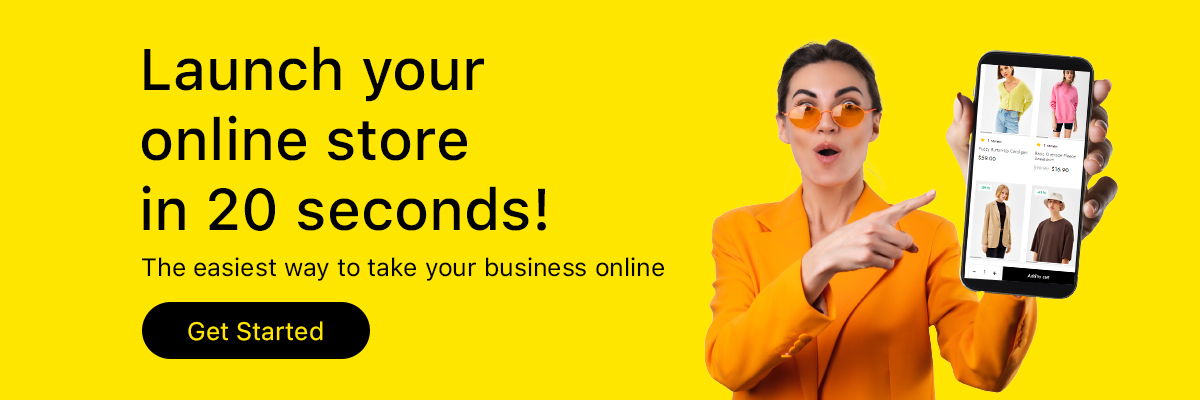What are MSMEs?
MSME/MSMEs stands for Micro, Small, and Medium Enterprises. These businesses or enterprises are divided into two categories in line with the Micro, Small, and Medium Enterprises Development (MSMED) Act of 2006.
Enterprises divided into 2 parts are:
Manufacturing businesses – Companies that produce or manufacture things in any industry.
Service Enterprises- Occupied with offering or performing services.

Facts, Stats and Expansion of MSMEs in India:-
The Micro Small and Medium Enterprises (MSMEs) industry makes a significant contribution to the nation’s socio economic growth. Due to the sector’s contribution to the GDP and exports of India, it has taken on a substantial amount of significance. The industry has also made significant contributions to the growth of entrepreneurship, particularly in India’s semi-urban and rural areas.
RECOMMENDED BLOG:
MSMEs: Registration and Importance for Ecommerce business in India
NOTE: In the article above you can find an overview of MSME registration process, Udyog Aadhar registration online, Udyog Aadhar and MSME registration online.
The government announced revisions to the Micro small medium enterprises (MSMEs) definition, where turnover will identify an MSME, not the investment put into it, with the goal of creating five crore employment possibilities in the MSMEs sector.
From 2019 to 2020. India saw a CAGR of 18.5% in the growth of MSMEs.
A 40% rise from Rs. 6.8 trillion (US$ 91.66 billion) in FY20 to Rs. 9.5 trillion (US$ 128.06 billion) in FY21 was seen in loan disbursals to MSMEs. These organizations are in charge of assisting MSMEs with regard to government programs and policies.
The Indian government introduced the Special Credit Linked Capital Subsidy Scheme (SCLCSS) for the services industry in November 2021. This programme will assist businesses in the services industry in meeting different technological criteria.
MSMEs are urged to sell their goods online, particularly through the Government e-Marketplace (GeM), which is owned and operated by the government and where Ministries and PSUs (public sector undertakings) purchase their supplies.
By the end of November 2022, the GeM portal had processed 12.28 million orders totaling Rs. 334,933 crores ($40.97 billion) for 62,247 buyer organizations from 5.44 million registered sellers and service providers.
According to figures from the Ministry of Micro, Small, and Medium Enterprises, the Udyam Registration platform registered 12,201,448 MSMEs as of November 25, 2022, replacing the prior process of registering for an Udyog Aadhaar Memorandum (UAM).
11,735,117 (96.17%) of all firms that were registered were microbusinesses, followed by 426,864 (3.49%) and 39,467 (0.32%) small and midsize businesses.
Policies by the government which are made for the growth of MSME in the country:
- As of July 8, 2022, 10.03 million loans have been approved under the Pradhan Mantri MUDRA Yojana (PMMY) plan, and 73,199.89 crore (US$ 9.15 billion) has been distributed.
- Emergency Credit Line Guarantee Scheme (ECLGS) funding in the amount of Rs. 50,000 crore (US$ 6.55 billion) was granted to the MSMEs sector in the Union Budget for 2022–2023.
- The Indian government allotted Rs. 6,062.45 crore (US$ 808 million) for the Raising and Accelerating MSME Performance initiative on March 30 2022. (RAMP). The initiative intends to increase market and finance access, develop institutions and governance at the federal and state levels, enhance links and collaborations between the federal government and states, address issues with late payments, and green MSMEs.
- The Indian government introduced the Special Credit Linked Capital Subsidy Scheme (SCLCSS) for the services industry in November 2021. This program will assist businesses in the services industry in meeting different technological criteria.
- In an effort to promote local manufacturing, entrepreneurship, and economic growth, the Ministry of Micro, Small, and Medium Enterprises launched SAMBHAV as a national awareness campaign in November 2021.
There have been significant recent changes in MSMEs schemes, including:
- The national government launched a new initiative in June 2022 called “Promotion of MSMEs in the North Eastern Region and Sikkim.” This project’s main objective was to support MSMEs in the North East by building mini-technological Centre, expanding both brand-new and current industrial estates, and fostering tourism.
- A deal was signed in November 2021 between Google and the Small Industries Development Bank of India (SIDBI) to test social impact financing by providing microbusinesses with financial support up to Rs. 1 crore (US$ 133,939.60) at discounted interest rates. As a crisis reaction to COVID-19, Google India Pvt. Ltd. GIPL would bring a corpus of US$ 15 million (about Rs. 110 crore) for micro companies to revitalize the Indian MSME sector.
- Predictive analytics-based shipment tracking was introduced by online freight forwarder FreightWalla in November 2021 for MSME exporters and importers to help companies reduce the risk of shipment delays and boost supply chain effectiveness.
- According to a supply chain finance (SCF) platform called CashInvoice, which secured US$ 1 million in pre-Series A funding from Accion Venture Lab in November 2021, it would provide MSMEs with over Rs. 10,000 crore (US$ 1.33 billion) in funding in the coming year.
- MSMEs received marketing support in October 2021 from Sundaram Finance and the MSME Development Institute (Chennai). Through an incubator program, which will provide innovators with chances to create and foster ideas for the manufacture of new goods, MSMEs’ entrepreneurial and managerial development will be accomplished.
- Boeing awarded a contract to the MSME Aerospace Engineers Private Limited of Tamil Nadu in September 2021 to manufacture and deliver essential aircraft components.
These all the important factors of micro, small and medium enterprises & for the purpose of generating new employment in the industry, the government has embraced MSMEs promotion. The government also wants to increase MSME export participation and GDP output.
Below we are providing a short guide which you can consider to scale your MSME in 2023 and coming years.
How can I scale my MSME in 2023 | Guide

- Clearly identifying your target market is the first step in expanding business. This entails figuring out who your ideal client is and what they want and need. You can create an effective marketing plan after you know who you’re aiming at.
- Making a sales funnel that converts leads into customers is the next stage. This entails developing engaging offers and information to influence prospects’ purchasing decisions. You also need a mechanism for following up with the customer and completing the deal.
- Your processes must be streamlined if you want to grow your firm. This entails getting rid of time and money-wasting or ineffective processes. Your ability to expand will improve if you streamline your business.
- Automating some processes is an additional technique to increase productivity. This might provide you and your team more time to work on activities that are more crucial. Numerous business tools and software integrations are available that might assist you in automating different business operations.
- You’ll need to train new staff and assign responsibilities as your firm expands. By doing this, you can be confident that everything will go off without a hitch. All protocols should also be documented so that anybody may readily follow them.
- The last stage in growing your business is to routinely assess your performance and make changes as needed. Setting objectives and tracking your progress will help you determine what is working and what needs to be improved. You’ll be able to expand your firm more successfully by regularly analysing and changing your strategy.
Although it might be difficult, scaling a firm is necessary for growth. These actions can help you organise your business more effectively. Additionally, you’ll be able to more successfully reach your target market and increase sales.
RECOMMENDED BLOG:
Customer Acquisition Cost: Best ways to reduce CAC and How can Messenger help (2023)
Nowadays, everything is online. If you want to expand or start your business online, you should use QPe. QPe is an Ecommerce website builder platform where you can create an online store and start selling in only 5 easy steps. To learn more about the ecommerce website or store builder, visit the QPe’s official website.
To conclude this, In five years, the Indian government wants to double its economy to US$5 trillion. Career options for the young people have been created in order to accomplish this aim, and MSMEs have the ability to play a significant role in creating jobs.
Since the MSME sector delivers goods and services to large industrial businesses, the government should make investments in expanding back-end services to boost sector performance. Government subsidies for globally accessible technologies might help MSME companies enhance the quality of their products while utilizing the available resources.
It’s not easy to grow in this era, where there are millions of competitors in the market, you just have to be consistent and make every move very smartly in your journey of entrepreneurship.
RECOMMENDED BLOG:
Small business (MSME) Challenges and their Solutions in 2023





